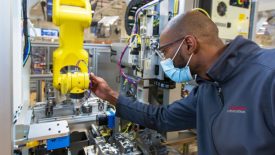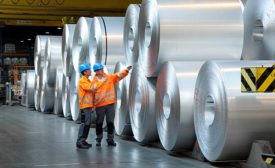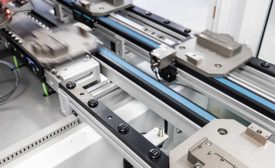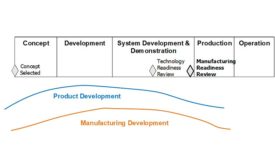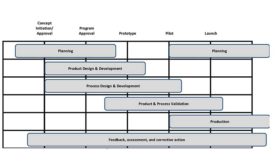Mind Your Ps and Qs
Quarterly column from Jon Quigley, Jon has held engineering and management positions at Volvo Trucks, PACCAR and other companies.
ARTICLES
Get our new eMagazine delivered to your inbox every month.
Stay in the know on the latest assembly trends.
SUBSCRIBE TODAY!Copyright ©2024. All Rights Reserved BNP Media.
Design, CMS, Hosting & Web Development :: ePublishing

